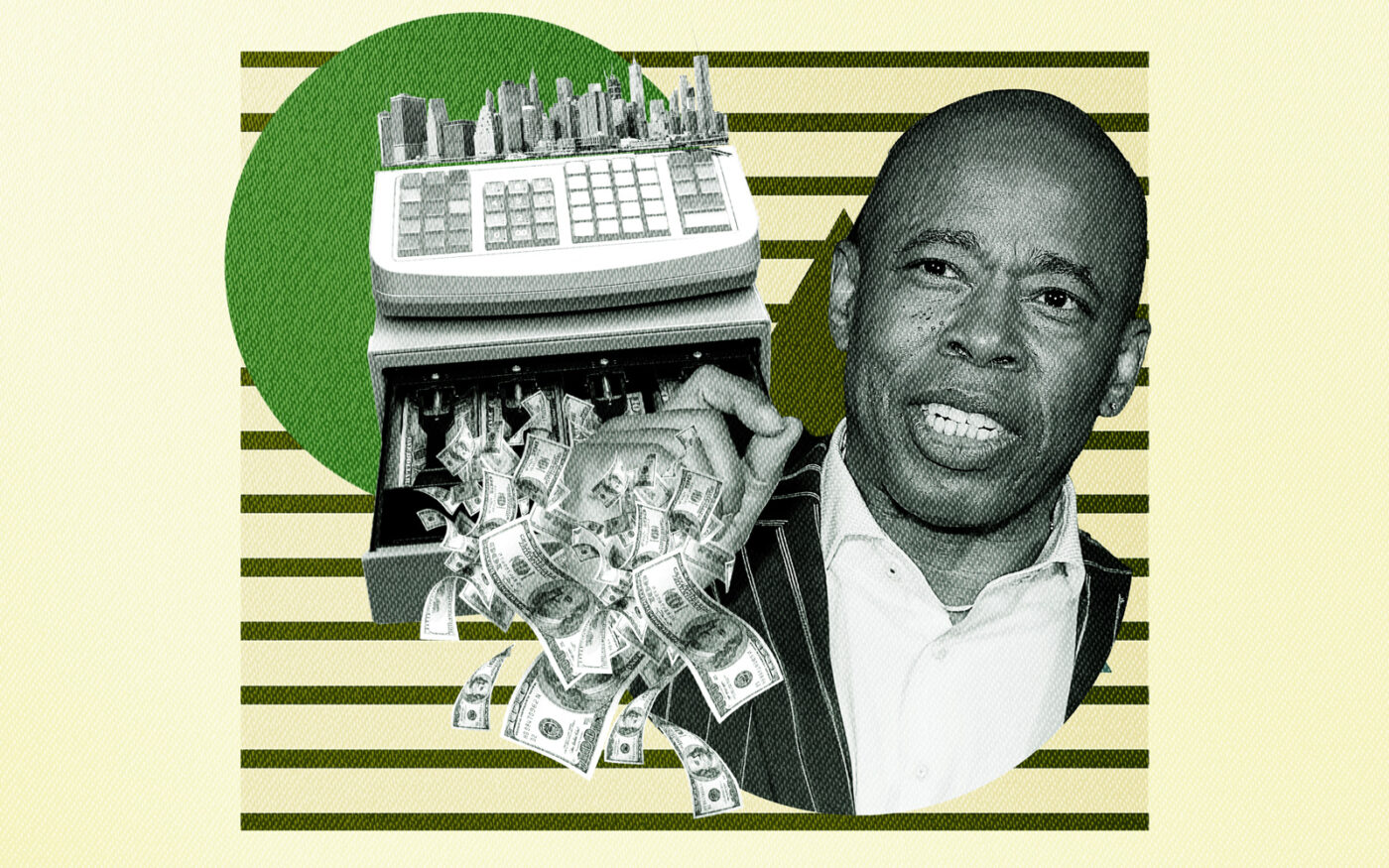Reports of the death of New York City real estate may have been greatly exaggerated.
The total tentative market value for assessed properties in New York City rose to $1.491 trillion, up 0.7 percent from the current fiscal year, according to new data from the city’s Department of Finance.
Growth in market-rate rents buoyed the value of rental buildings, said Department of Finance Commissioner Preston Niblack. Office building values saw modest growth, driven by trophy and premium space.
“You can see trophy offices are holding up based on changing value, and you’re starting to see some cracks in the other areas of Class 4, like lower value office buildings and some of the hotels,” said Sean Campion of the Citizens Budget Commission, a watchdog group.
The city’s assessments of rent-stabilized buildings angered a group representing their owners. The Community Housing Improvement Program noted that those properties will pay almost 2 percent more per apartment in property taxes, or an average of $57 more per unit per month.
“It’s clear that the current rent regulations are devaluing rent-stabilized buildings,” said Jay Martin, CHIP’s executive director, in a statement. “When these buildings lose value, they struggle to secure financing to pay for repairs, mandatory upgrades, or simply to cover mortgage payments. “Yet, for some reason, the New York City Department of Finance continues to treat regulated housing as a piggy bank for the city’s budget.”
It was an especially strong year for market-rate rental and commercial buildings in Brooklyn. The value of Class 2 properties, which includes cooperatives, condominiums and rental buildings, was up 9.2 percent in the borough, compared with 5.3 percent citywide. The gains come amid slowly mounting distress in the rent-stabilized market.
Brooklyn also had the biggest jump in Class 4 commercial and industrial property value, which includes retail and hotels. The borough had an 8 percent increase in assessed value, compared with 4.4 percent citywide.
Assessed values are used to calculate property taxes, which increased relatively steadily from 2012 through 2021, according to the New York City Independent Budget Office. In 2022, the finance department sharply reduced assessments, which led to a 6.0 percent decrease in property tax collections that year.
Tax revenue rebounded in 2023, in part because the agency determined that some of the 2022 reductions were overestimated.
The higher property tax assessments do not necessarily translate to more tax revenue. A large portion of the growth for rental buildings comes from new construction that will spared from property tax increases for 25 years by the abatement program 421a, Campion noted.
Tax assessments are based on data that is more than a year old, so they do not capture recent distress in office buildings stemming from rising interest rates and remote work, and from rent-stabilized buildings hamstrung by the 2019 rent law.
But in general, modern, Class A office buildings have done well despite the pandemic. The distress among older Class B and C buildings appears to have been more than offset by the gains of in-demand properties, at least in the latest assessment data.
A similar dynamic can be seen among market-rate rentals, which roughly equal the number of rent-stabilized units.
This article has been updated with comments from the Community Housing Improvement Program.
Read more



